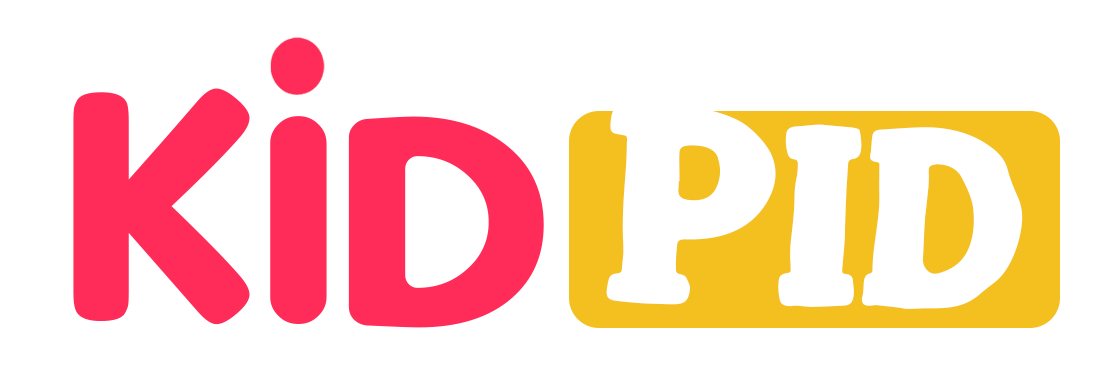What’s my body made of?
What Is Our Body Made Up Of?
INGREDIENTS OF OUR BODY
The human body is made up of 20 different types of elements, mostly made inside classical stars. Almost 99% of the mass of the human body is formed of six elements: carbon, oxygen, hydrogen, calcium, nitrogen, and phosphorus.
The composition of the human body is as follows:
Water
Fats (or lipids)
Proteins – including muscles, bones, organs, skin, and nails.
Carbohydrates such as glycogen and glucose
Liquefied inorganic ions such as sodium, potassium, chloride, bicarbonate, phosphate
DNA
If an 80kg human body is decoded into atoms, the following number of different elements will be found:
Oxygen (O) – 65%
Oxygen, jointly with hydrogen, forms water (H2O), which is the major solvent found in the human body. It is used to regulate temperature and osmotic pressure. Oxygen is found in many key organic compounds.
Carbon(C) – 14.4kg
The most vital constructional element is why we are known as carbon-based life forms. Our body is 12% atoms of carbon.
Hydrogen(H) – 8kg
During the Big Bang, the hydrogen atoms were made in the body. All the flung into space by a supernova explosion and were made in core of a star long ago.
Nitrogen (N) – 3.2%
Nitrogen is found in proteins and in the nucleic acids that result in the genetic code.
Calcium – 1.12kg
Calcium is the most abundant mineral in the body. It is used as a structural material in bones. It is crucial for protein regulation and muscle contraction.
Phosphorus (P) – 1.0%
In the molecule ATP, phosphorus is found. It is the prime energy carrier in cells. It’s also located in bone.
Sulfur (S) – 0.04%
Sulfur is included in two amino acids. The bonds that sulfur forms assist in giving proteins the shape they need to perform their functions.
Potassium (K) – 0.4%
Potassium is a major electrolyte. Nerve impulses and heartbeat regulation are transmitted by potassium.
Iron – 4.8g
Found in haem, the oxygen-carrying part of the hemoglobin molecule inside red blood cells
Sodium – 120g
Chlorine – 120g
Also, the human body consists of Many other tiny molecules, like fatty acids, amino acids, nucleobases, nucleosides, vitamins, etc.
Zinc – 2.6 g
Strontium – 0.37g
Manganese – 0.0136 g
Molybdenum – 0.0104 g
Chlorine – 120g
SYSTEMS IN BODY
In addition to the reproductive, digestive, cardiovascular, respiratory, and nervous systems are the less well-known flowing/juicy system, which helps safeguard the body against germs, viruses, and the endocrine system, including regulating hormones that have the thyroid and adrenal glands.
The renal system (the kidneys and bladder) helps get rid of chemical waste, while our skin, hair, sweat glands, and nails control the body’s temperature and guard it.
Memoir of an atom
Each atom in the body came from somewhere in the surroundings. The atoms in our body are always being replaced at non-identical rates –some for a few years, but over ten years, others remain only hours, the great part will be replaced. There are two obvious ways to join our body
The food and drink that you consume, and the air that you breathe. The atoms that become absorbed in our body were earlier in the air, plants, animals and minerals.
– Written By Parul
